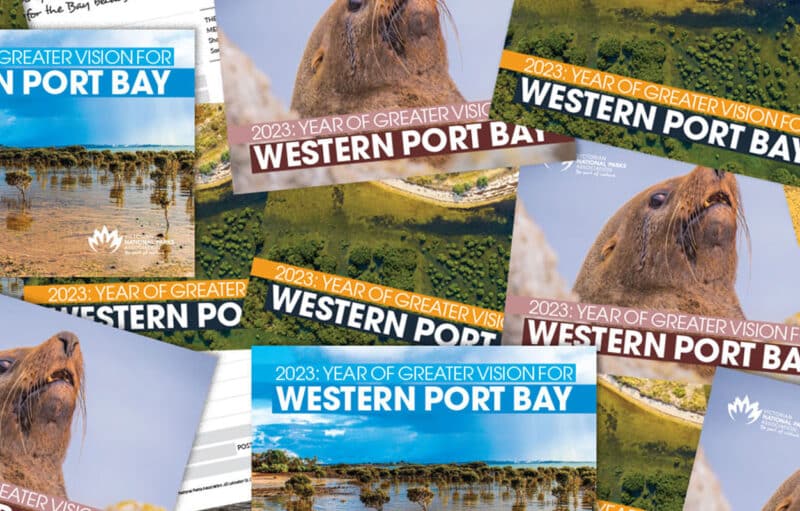NEWS 16 March 2023 | Page last updated: 16/3/2023
The federal government’s National Feral Deer Action Plan (2022-27) is a welcome step forward. But we need decisive action if we’re going to wind back decades of damage done by hoards of deer in Victoria.
Left uncontrolled in the right conditions, feral deer populations can increase by 34–50 per cent every year. This means that a small herd of 30 feral deer can grow to 500 in ten years. The Department of Energy, Environment and Climate Action estimates a population “…up to one million wild animals or more”.
The dramatic increase is partly a result of the current legal status of deer in Victoria. This makes strategic, large-scale management difficult to undertake.
Feral deer do a lot of damage. They:
-
Ring-bark trees, rub against and trample native plants, and create wallows
-
Eat new growth that sprouts after bushfire, damaging sensitive, recovering habitats
-
Have major impacts on agriculture and primary production industries
-
Impact people’s property and safety in areas between rural and urban landscapes
-
Cause vehicle collisions, and damage parks and gardens, and impact revegetation plantings
-
Stags and bucks are aggressive to people and domestic animals during mating seasons
-
Are a potential reservoir for human disease
-
Feral deer damage Traditional Owners’ cultural sites.
Without decisive action our growing feral deer problem will only get worse
Climate change, natural dispersal, deliberate releases and farm escapes will drive populations even higher. If left unchecked, by 2050 there could be 1.7 to 4.6 million feral deer in Victoria alone. By then, deer will spill over all borders and spread throughout the nation.
Over the coming decades, climate and habitat suitability models predict that most of Australia will be infested with at least one species of feral deer.
A report for the Invasives Species Council found feral deer will cost Victoria more than $2 billion over the next 30 years. The cost of doing nothing to control feral deer in Victoria is estimated to be $1.5bn to $2.2bn over the next 30 years, based on just four sectors:
- Agriculture: $351m to $350m due to lost grazing and resources spent managing feral deer
- Forestry: $269m to $365m from lost forestry production
- Public safety: $576m to $825m from deer-related vehicle accidents
- Social: $308m to $474m in social costs from reduced recreation use values.
This doesn’t include the environmental or public health costs from disease spread to livestock or water supplies.
The environmental impacts of feral deer are officially recognised as a threatening process in New South Wales and in Victoria. Under the Environment Protection and Biodiversity Conservation Act 1999 (EPBC Act), feral deer are listed as a key threatening process because of their impact on biodiversity.
The new plan identifies EPBC-listed plants animals and communities particularly threatened by feral deer. This includes:
– 28 threatened plants
– four threatened animals
– four threatened ecological communities.
If state threatened species lists or threats to specific habitats (like rainforests) were taken into account this list would be much longer.
The paradox of game status
Weirdly, according to the plan, in Victoria feral deer have game status. Game status protects deer and creates counterproductive red tape. If causing damage to property or production, most feral deer can be culled in national parks, or by land managers on their property*. But game status hampers landscape-scale management of feral deer when neighbours have different or conflicting management goals for game or pest control.
There will always be enough deer for recreational hunting, but we need state and federal government support for research and development into deer aggregators, trapping and possible biocontrol.
It’s vital that the outcomes of the national plan are more ambitious with clear interim targets if we’re going to wind back decades of damage done by hoards of deer in Victoria.
Read our Feral Deer Action Plan submission
Want to be kept up to date about this and other nature issues in Victoria? Subscribe to our email updates.
* Except hog deer, which can be culled with a permit.
